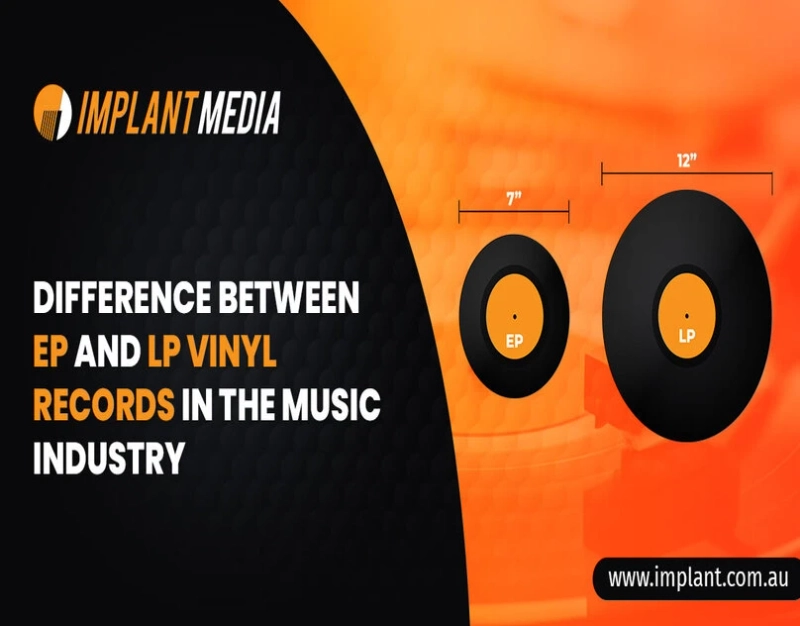Vinyl records have made a remarkable resurgence in the music industry, with their warm analog sound and tangible format appealing to music enthusiasts and collectors alike. Within the world of vinyl records, there are different formats, such as EP and LP, which are often used interchangeably but hold distinct differences in terms of length, content, and purpose. In this blog, we will delve into the comparison of EP (Extended Play) and LP (Long Play) vinyl records in the music industry.
EP vinyl records, as the name suggests, are an extended version of the traditional single vinyl record. EPs typically contain more than one track but are shorter in length compared to LPs. An EP typically has a total playing time of 10 to 25 minutes, with each side of the vinyl record containing a few tracks. EPs were initially introduced in the 1950s as a way to release additional tracks or extended versions of singles, and they gained popularity as a cost-effective way for independent artists to showcase their music.
On the other hand, LP vinyl records, also known as full-length albums, are the most common format for music albums. LPs are characterized by their longer playing time, usually ranging from 30 to 45 minutes per side, allowing for a larger collection of songs. LPs can have multiple sides, typically two or more, and are known for their iconic 12-inch diameter and larger album artwork, providing a unique visual experience for music lovers.
One of the key differences between EP and LP vinyl records is the length of the recording. EPs are usually shorter, with fewer tracks, making them ideal for showcasing a smaller collection of songs or for experimental releases. This shorter length allows for a more concise listening experience and may be more suitable for artists who want to release music quickly or have limited content to share. LPs, on the other hand, provide a longer playing time, allowing artists to create a more immersive listening experience with a larger collection of songs that can tell a cohesive story or convey a particular concept.
Another difference between EP and LP vinyl records is the content and purpose of the release. EPs are often used to showcase a selection of songs from an upcoming album or as a promotional tool for a new artist. They can also be used to release special editions, remixes, or alternate versions of existing songs. EPs are typically used to generate buzz or create anticipation for an upcoming album or tour. On the other hand, LPs are typically used to release a full-length album, which is considered a complete body of work that represents an artist's creative vision. LPs are typically more cohesive in terms of content and are meant to be listened to as a whole, with each track contributing to the overall narrative or concept of the album.
The production process for EP and LP vinyl records can also differ. Due to the shorter length, EPs can be pressed on a smaller size vinyl record, such as a 7-inch or 10-inch diameter, which can affect the audio quality and playback time. LPs, on the other hand, are pressed on a standard 12-inch diameter vinyl record, which allows for better audio quality and longer playing time. LPs are often pressed on heavyweight vinyl to enhance durability and audio fidelity, while EPs may be pressed on standard or lightweight vinyl.
In terms of pricing, EP and LP vinyl records can also differ. EPs are typically priced lower than LPs due to their shorter length and smaller size. EPs are often more affordable, making them accessible to independent artists or music collectors on a budget. LPs, on the other hand, are typically priced higher due to their longer length, larger size, and higher production costs associated with pressing larger vinyl records. LPs may also come with additional features, such as gatefold sleeves, inserts.


